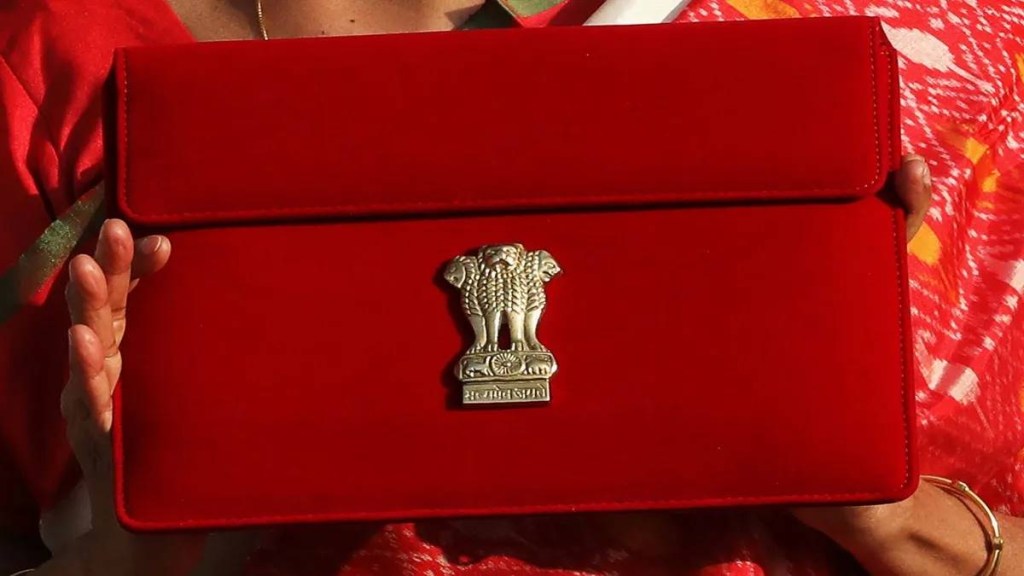India aims to achieve developed nation status by 2047, focusing on economic, social and infrastructure sectors. Simultaneous focus on economic development, social progress, increased investment, thriving industries, robust trade and comprehensive infrastructure is imperative. The multifaceted approach seeks to elevate India’s global standing and foster sustained growth across sectors, propelling the nation towards comprehensive development by 2047.
ALSO READ
Budget 2024 Live Updates: Union Budget 2024 Live Streaming, FM Nirmala Sitharaman Budget 2024 Speech Live
Railway Budget 2024 Live Updates: Indian Rail Budget 2024 Live Streaming
Budget 2024 Income Tax Live Updates: Income Tax Slab Rate Change Budget 2024 Live Updates
Budget 2024 Stocks to Focus: Union Budget 2024 Impact on Share Market Today
Here is the top 10 wishlist shared by CII for the upcoming Interim Budget 2024
- Strike a balance between fiscal consolidation and economic growth, maintaining the fiscal deficit target at 5.9 per cent of GDP for FY24 and aiming to reduce it to around 5.4 per cent for FY25.
- Transition the Goods and Services Tax (GST) to a three-rate structure, designating a low rate for essentials, a standard rate for most goods, and a high rate for luxury and demerit goods.
- Sustain the focus on capital expenditure, aiming for a minimum 20 per cent increase to Rs 12 lakh crore, surpassing pre-pandemic growth rates.
- Support low-cost housing by extending the interest subvention scheme to cover total housing costs up to Rs 35 lakh, expanding from the current Rs 25 lakh limit.
- Boost labor-intensive sectors like apparel, footwear, toys, and tourism. Also, initiate Urban Employment Guarantee Program with focus on high-unemployment areas.
- Prioritise agriculture and rural development, increasing allocations for Pradhan Mantri Awas Yojna – Grameen, Pradhan Mantri Gram Sadak Yojana, and MNREGA.
- Encourage states to streamline business regulatory approvals through the National Single Window System, ensuring timely processes.
- Establish a dedicated Micro enterprise vertical in the Ministry of MSME, modifying Production-Linked Incentive (PLI) schemes to benefit more MSMEs.
- Rationalise import tariffs with a three-tier duty structure, applying zero or low duties to raw materials, a standard rate of around 7.5% for final goods, and a middle rate for intermediate goods.
- Increase combined spending on healthcare (Union and States) to 2.5-3 per cent of GDP, focusing on a 6 per cent GDP allocation for education. Incorporate Digital and AI skilling into the general curriculum to build a future-ready workforce as per the National Education Policy.

